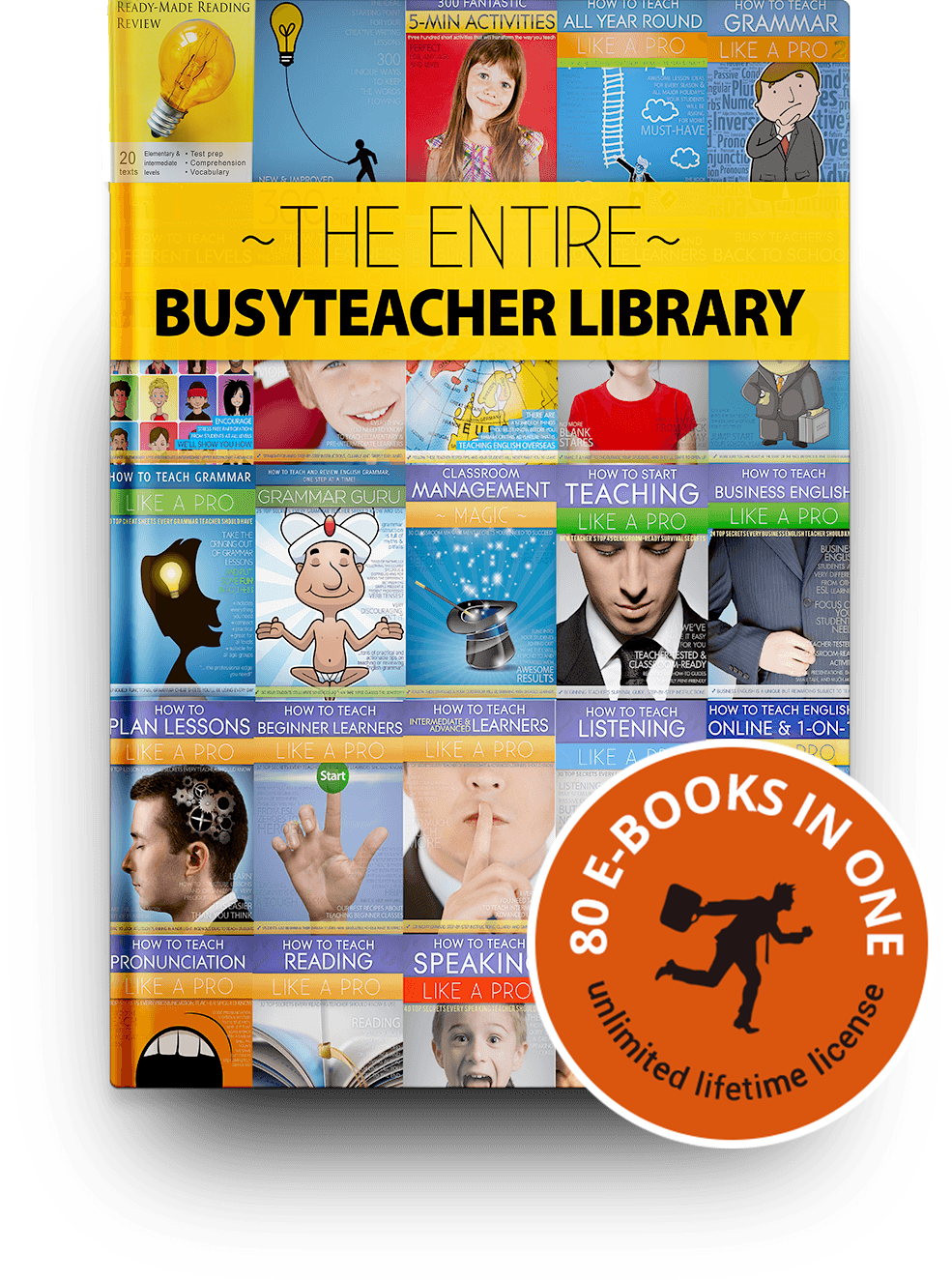Table of Contents
by Stacia Levy
779,999 views
Verb tenses receive a lot of attention in English instruction—in fact, they receive perhaps more attention than any other aspect of grammar.
And with good reason: there are 13 verb tenses in English, if you look at tense as a way to discuss time. The English-speaking world is obsessed with time and its passage: clocks of various types are ubiquitous in most English-speaking countries; a watch is still considered a fine gift marking the passage into adulthood; tardiness is frowned on, and so forth. This value of time may be why so much attention is given to verb tense instruction: given our obsession with time, we need a way to talk about it. So the attention to verb tenses is not the problem. The concern is student papers coming in, even after weeks of drill in the simple present and past, missing all of the “-ed” “-s” endings. Teachers often shrug and say “It’s developmental.”
That may be so, but it begs the question of whether drills in verb tense make sense if students aren’t “developmentally ready” for the material anyway. I suspect, however, something else is going on—there is a problem with the sequence of instruction. Rather than ploughing through simple present, then simple past, and simple future, because supposedly these are easier to learn, I suggest all of the present tenses be taught together, then all of the past, and then future. Why should the tenses be taught in this manner?
There are multiple reasons tenses should be taught within a time frame.
-
1
Put the verb tense in context
Language learning, like learning in general, occurs in relation to other learning. The simple present tense is best learned in relation to the present continuous: “I drive a car every day, but I am not driving right now,” demonstrates the contrast between the simple present and present continuous: a habitual activity rather than one engaged in at the moment.
-
2
Give students more language to use
Students have a difficult time with a typical assignment like “My Likes and Dislikes” and “My Daily Routine” if they only know one present verb tense well. Even if the assignment calls on the use of mostly the simple present, students can write more, and write more correctly, with other present tense verbs, like the continuous and the perfect.

How to Teach Verbs According to their Time Frames
-
1
About Verb Tense in English
Verbs in English actually have two parts: the time and the aspect, or the way of looking at that time. So, for example, within the present time frame, there are three aspects commonly used: simple, continuous, and perfect. In the present time frame, simple is used to show habitual activity: “I drive every day.” Continuous shows ongoing activity or activity in the moment: “I am driving right now.” Perfect in the present time frame shows activity that began in the past but continues into the present time frame: “I have driven this car for 10 years.” The past and future time frames also have simple, continuous, and perfect aspects (and in some cases, perfect continuous tenses).
-
2
Introduce students to the system
Give students an overview of the entire verb system in the different time frames. The purpose of this is not to get students to learn or memorize the material right away but to get an overview of the variety of tenses and see how they relate to each other. I find it helpful to put the time frame across the top of the board or handout and the aspect down the side:
Past Present Future simple I walked. I walk. I will walk. continuous I was walking. I am walking. I will be walking. perfect I had walked. I have walked. I will have walked. Students will get an overview of the various tenses with a chart like this. I keep it simple as the purpose of a chart like this is just to introduce students to this complex system. For now, i’ts not addressing the cariations of these basic tenses like the perfect progressive: I have been walking. I also use a regular verb to model the tenses, such as “to walk,” whose variations and inflections are easier to teach and remember: “—ed” for past, for example. I also try to use intransitive verbs, or verbs that don’t require a direct object, like “walk,” when introducing the verb tense system, so the focus can stay on the verb. If I used a verb like “to throw” to introduce verb tenses, students would have to focus on the irregular forms of the verb “threw,” “thrown,” and also consider a direct object that makes sense.
-
3
Focus on one time frame at a time
It’s very helpful to students to learn all the present verb tenses together rather than switching from present to past to future because this is how we tend to use language: when relating an incident that happened to me on the way to work yesterday, for example, I’m going to tend to stay in the past time for the duration of that story, perhaps switching between past progressive and simple past: “I was driving to work yesterday, and this other car appeared out of nowhere…” I am not going to suddenly switch to present or future tense until perhaps the end: “Now I need to call my insurance company.”
-
4
Focus on only one tense at a time but show it in relation to other tenses in that frame
When introducing these tenses, stay in one tense at a time, practicing its form and meaning, as you would have before, but keep showing the tenses in relation to each other and keep referring back to the chart. Meaning is learned best in context and how an item relates to the overall picture.
-
5
Practice
Give plenty of authentic opportunities to practice: have students tell a story, plan out a schedule, give a series of directions in writing, and so forth, all authentic writing tasks that highlight different verb tenses.
-
6
Teach Young Learners About Verb Tenses
Begin the developmental process of understanding verb tenses with young learners. Find games that will explain to young learners that the verb tense tells us that an action takes place. Here’s an idea to make it fun with these Action Verb Flash Cards. You can also start with a simple worksheet, like this one, with easy activities including sentence building and fill-in-the-gap exercises.
-
7
Review
Understanding verb tense is indeed developmental, in the sense that it takes time and practice to really understand the tenses in English, more than passing a test will show, so continually revisiting the tenses will help students in this process.
-
P.S. If you enjoyed this article, please help spread it by clicking one of those sharing buttons below. And if you are interested in more, you should follow our Facebook page where we share more about creative, non-boring ways to teach English.

Get the Entire BusyTeacher Library:
Dramatically Improve the Way You Teach
Save hours of lesson preparation time with the Entire BusyTeacher Library. Includes the best of BusyTeacher: all 80 of our PDF e-books. That’s 4,036 pages filled with thousands of practical activities and tips that you can start using today. 30-day money back guarantee.
Learn more





More Stories
Uvalde Border Patrol agent hailed as hero collects $17,000 in personal fundraiser
The Power Moves to Retain Teachers Amid the Pandemic
A Few of My Favorite Healthy Meals and Where to Buy Them